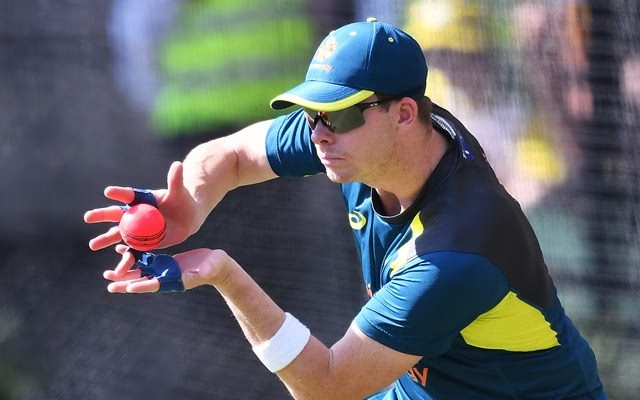Fielding wins big matches. It squeezes runs, flips momentum, and lifts bowlers under pressure. When fans ask the best fielder in the world, they usually mean the complete package: safe hands, sharp reactions, and a throw that changes the chase. This guide explains what elite fielding looks like, answers who is the best fielder in the world, and ranks the top 10 best fielders in cricket across formats. You will also get a practical checklist to improve your own skills.
Who is the best fielder in the world?
All-time pick: Jonty Rhodes. He set the gold standard at backward point, turned singles into panic, and made diving run-outs a regular sight. His legacy still shapes how coaches teach angles, pickups, and releases.
Modern-era pick: Ravindra Jadeja. He covers ground like few others, throws rockets from anywhere, and stays reliable in the ring or on the rope. If you ask world no 1 best fielder in cricket today, many analysts point to Jadeja because he impacts every phase of the innings.
Both names sit comfortably in any debate on world best fielder. They combine anticipation, technique, and relentless intensity.
How we ranked the top 10
Selecting the best fielder in the world is subjective, so we used clear criteria:
- Catching range and reliability: high percentage takes in the ring, slips, and boundary.
- Run-out threat: speed to the ball, clean pickup, quick release, and direct hits.
- Versatility: performance at multiple positions and in different formats.
- Pressure performance: key moments in knockouts, chases, and final overs.
- Longevity and consistency: seasons of elite standards, not one-off highlights.
- Team impact: saving runs per innings, forcing errors, and creating wicket chances
Top 10 best fielders in cricket
1) Jonty Rhodes (South Africa)
No player changed fielding standards like Rhodes. He owned backward points, attacked the ball with soft hands, and released in one motion. His running dive to break stumps became a coaching reference point. He is the anchor answer to the best fielder in the world in historical terms.
Signature skills: lightning first step, low body position, one-motion release.
Best positions: point, cover, inner ring.
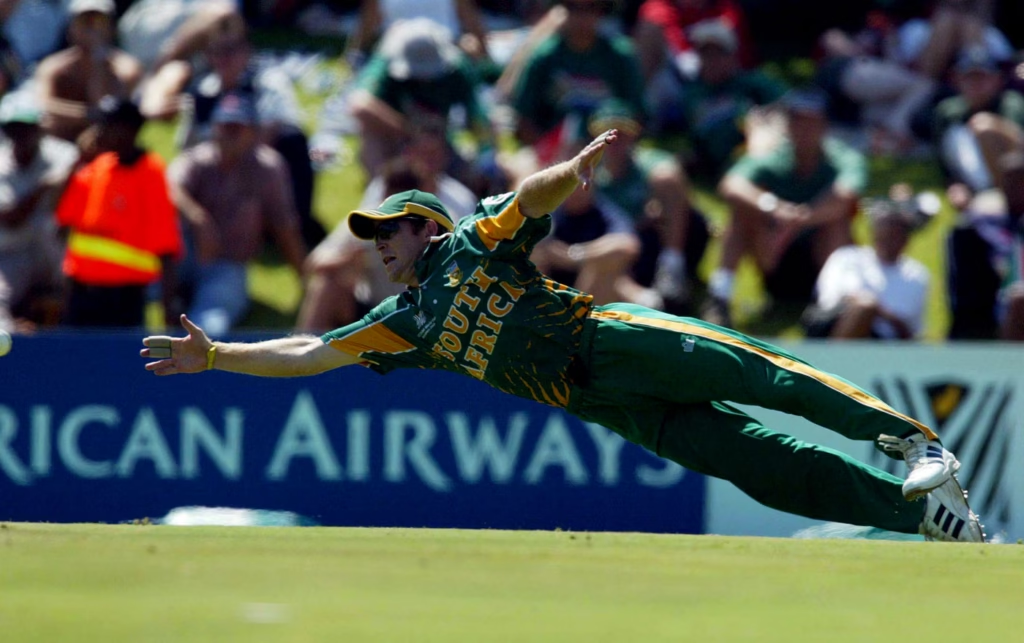
2) Ravindra Jadeja (India)
Jadeja’s throw carries speed and accuracy from any angle. He closes down twos on the boundary, snares tough ring catches, and turns 50-50 pickups into wicket chances. In white-ball cricket he often feels like an extra bowler because he saves so many runs.
Signature skills: bullet throw, one-handed pickups, acrobatic boundary takes.
Best positions: cover, point, deep midwicket, long-off.
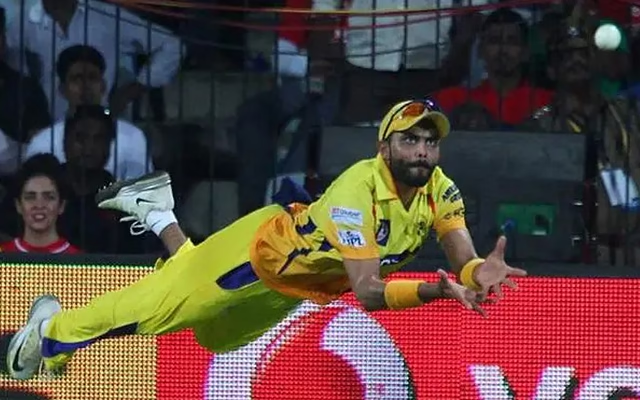
3) Ricky Ponting (Australia)
Ponting was a master of anticipation. He read singles early, attacked from cover, and hit the stumps without a full wind-up. In slips he reacted late and still clung on, which is rare at gully.
Signature skills: direct hits, reflex catches, in-close awareness.
Best positions: cover, gully, short midwicket.
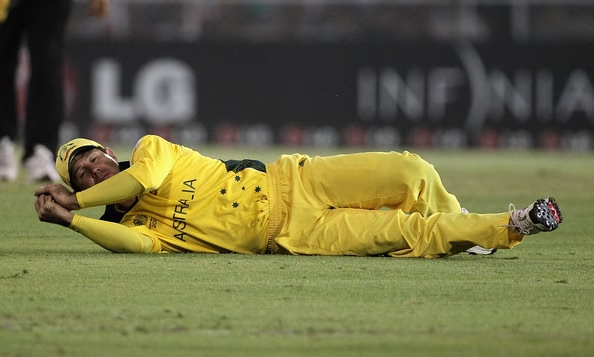
4) AB de Villiers (South Africa)
Explosive speed with gymnast-level agility. AB pulled off ridiculous grabs on the rope and sharp ones at short cover. His wicketkeeping spells improved his hand-eye timing, which fed his all-round fielding game.
Signature skills: boundary leaps, sliding saves, laser returns.
Best positions: cover, midwicket, deep square, slips (short stints).
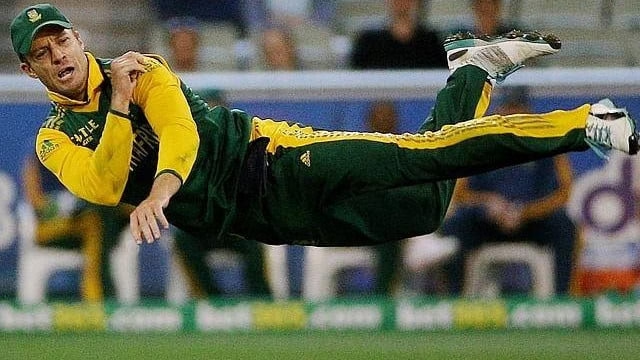
5) Martin Guptill (New Zealand)
Guptill’s arm is a weapon. He is a boundary specialist who cuts angles better than most and throws flat from the deep. He reads bounce well and uses body position to funnel the ball toward support.
Signature skills: long, flat throws; long-distance run-outs.
Best positions: long-off, long-on, deep cover.
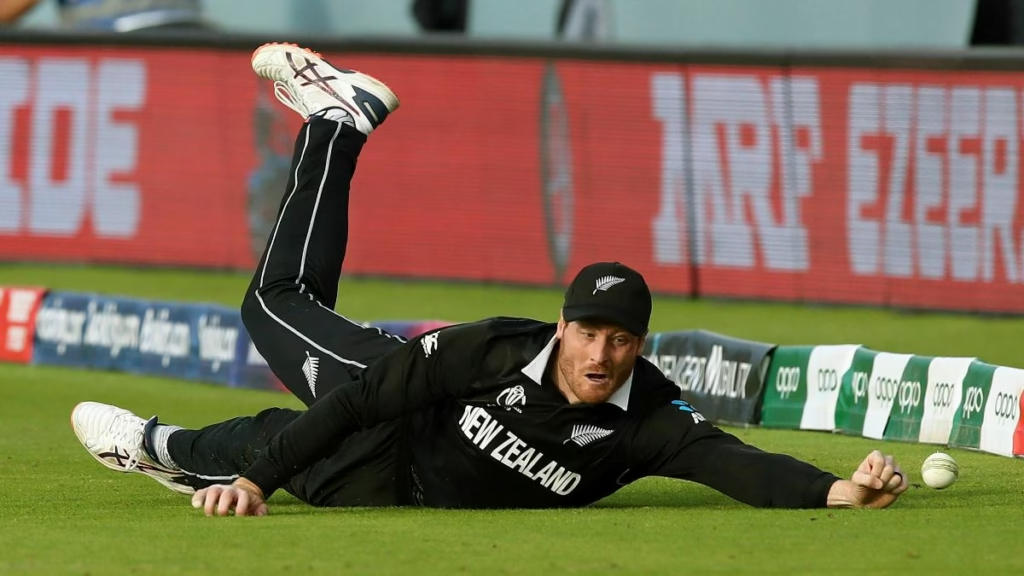
6) Faf du Plessis (South Africa)
Faf combines safe hands with the neatest technique in the inner ring. He is decisive on the first step, which turns singles into risks. He also times boundary leaps cleanly and holds shape in the air.
Signature skills: clean pickups, run-saving dives, composed rope work.
Best positions: cover, extra cover, long-off.

7) Suresh Raina (India)
Raina brought urgency to every ball. His ring fielding in ODIs and T20s cut ones and twos mercilessly, while his direct hits in pressure overs became match stories.
Signature skills: quick release, low-center pickups, chase-and-throw rhythm.
Best positions: cover, midwicket, backward point.
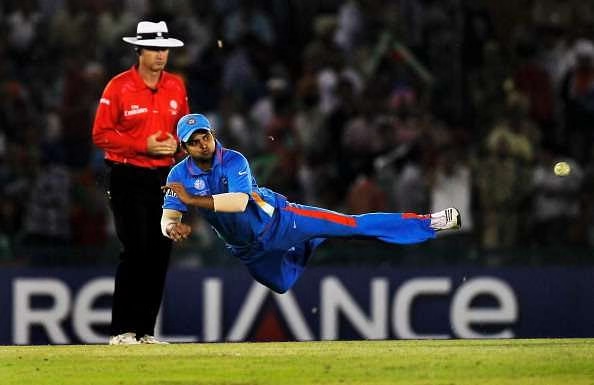
8) Glenn Maxwell (Australia)
Maxwell is unorthodox yet brutally effective. He throws from odd body angles without losing accuracy and loves the quick reverse flick at the stumps. On the rope he turns sixes into catches with good judgement.
Signature skills: reverse flick run-outs, tumbling saves, improvised throws.
Best positions: point, deep midwicket, long-on.
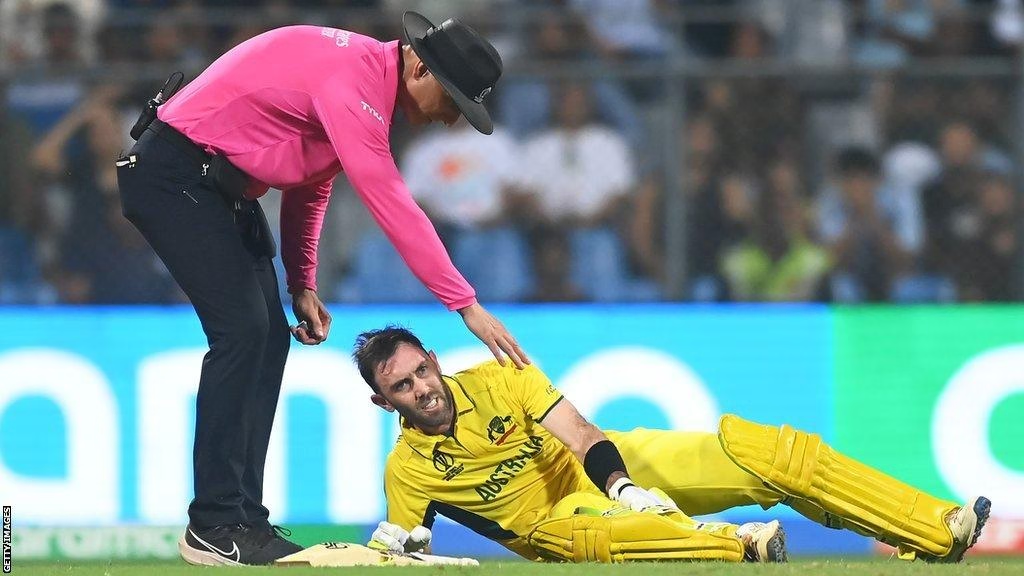
9) Paul Collingwood (England)
Collingwood’s hands were magnets. He showed classic slip technique, attacked drives in the ring, and seemed to hang in the air on diving takes. His reading of bat face and pace stood out.
Signature skills: one-handed snags, soft hands in slips.
Best positions: slips, gully, cover.
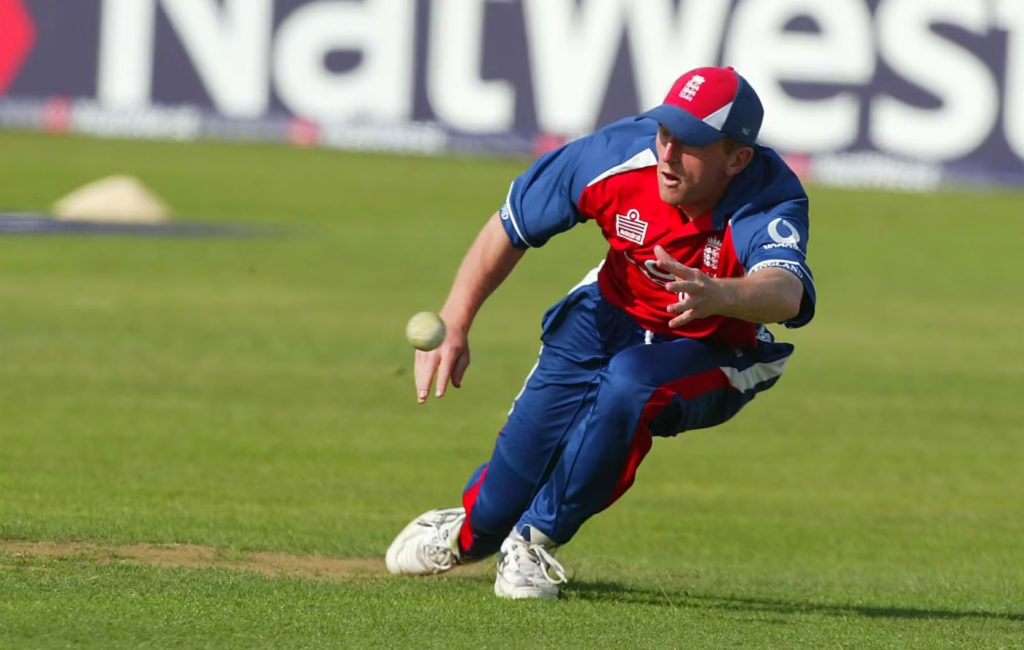
10) Kieron Pollard (West Indies)
In T20 leagues worldwide, Pollard’s boundary catching became a highlight reel. He sets up early, tracks the ball patiently, and uses height and timing to complete relay catches under pressure.
Signature skills: rope control, relay catches, strong arm from the deep.
Best positions: long-on, long-off, deep midwicket.
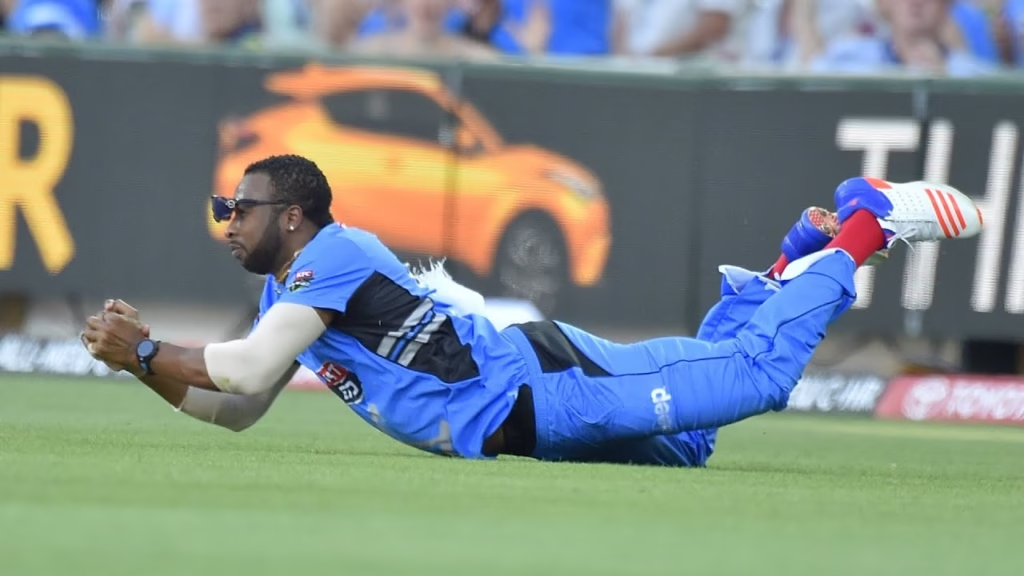
Honourable mentions
- Ben Stokes: big-game grabs, superb in the ring and at deep positions.
- Mohammad Kaif: set high standards for India’s inner-ring intensity.
- Mark Waugh: elegant slip catching and reading of deflections.
- Herschelle Gibbs: explosive in the covers with fast releases.
- David Warner: fearless on the rope and sharp around point.
Each could slot into a top 10 on a different day, which shows why who is the best fielder in the world remains a lively debate.
Fielding positions and why they matter
Slips and gully:
Here, the ball arrives late and deviates. Great slip catchers stay balanced, keep hands soft, and move with the seam. They watch the batter’s bat face, not the ball alone.
Point and cover (the ring):
This is where singles are won or lost. Elite players explode on the first step, gather with one hand, and release in one motion. They also shout early to coordinate backing.
Midwicket and square:
Angles change fast here. Fielders must turn cleanly, throw on the run, and anticipate deflections from straight-bat shots.
Boundary riders:
Judgement is everything. Read trajectory early, get to the rope quickly, and set the feet before the leap. The best use relay plans with the second fielder.
What separates the best fielder in cricket from the rest
- Early read: They move before the batter finishes the swing.
- Low body position: Knees bend, head stays still, and hands stay soft.
- Clean pickup: Fingers point down, palm presents, ball flows into the hand.
- Fast release: Elbow stays high, shoulders align to target, throw stays flat.
- Communication: They call angles, cover backing, and manage relay throws.
- Repeatability: Same technique in the 49th over as in the 1st.
This is why Jadeja and Rhodes headline the world best fielder conversation. They pair technique with tempo, then repeat it across formats.
Simple drills to field like the elite
One-step reaction catches:
Stand 10 metres away. The coach or partner throws firm, varying height to either side. Take one step only. This trains the first move.
Right-left pickups:
Roll balls to the right and left in quick sets. Pick up with the hand on that side and throw at a stump from 15 metres. Focus on balance at release.
Triangle relay:
Place three cones in a triangle. Sprint to cone one, pick up and throw to a partner at cone two, then shuffle to cone three. This builds footwork and throwing rhythm.
Boundary judge-and-leap:
Track high balls with pre-set steps. Practice the gather, leap, and controlled flick back inside. Add a second fielder to rehearse relay timing.
10 direct hits challenge:
Set a target stump and attempt 10 throws from different angles and distances. Log success rate to track progress.
Stats that tell the story
Raw catches do not tell the full truth. Look for:
- Catch difficulty: some takes are routine, others are high-skill.
- Run-out creation: direct hits and assisted run-outs across formats.
- Runs saved: analysts often grade dives, stops, and cut-offs.
- Positional versatility: ring, rope, and slips effectiveness.
- Big moments: tournament knockouts and last-over saves.
These factors explain why arguments for world no 1 best fielder in cricket tend to favour players who shine in different positions and under stress.
Top 10 summary table
| Rank | Player | Country | Best positions | Signature strengths |
| 1 | Jonty Rhodes | South Africa | Point, cover | First step, one-motion throws |
| 2 | Ravindra Jadeja | India | Cover, deep midwicket | Rocket arm, ring control |
| 3 | Ricky Ponting | Australia | Cover, gully | Direct hits, anticipation |
| 4 | AB de Villiers | South Africa | Cover, rope | Acrobatics, reflex grabs |
| 5 | Martin Guptill | New Zealand | Long-off, deep cover | Flat throws, angles |
| 6 | Faf du Plessis | South Africa | Cover, long-off | Clean pickups, rope craft |
| 7 | Suresh Raina | India | Cover, midwicket | Quick release, inner ring |
| 8 | Glenn Maxwell | Australia | Point, long-on | Reverse flick, improvised throws |
| 9 | Paul Collingwood | England | Slips, cover | One-handers, soft hands |
| 10 | Kieron Pollard | West Indies | Long-on, long-off | Relay catches, power arm |
FAQs on the best fielder in the world
Who is the best fielder in the world right now?
Ravindra Jadeja is the leading modern answer due to his arm speed, range, and reliability in both the ring and the deep.
Who is the world best fielder across eras?
Kieron Pollard’s boundary work has long been elite, while Glenn Maxwell adds creative run-outs and rope control.
Who is the world no 1 best fielder in cricket in T20 leagues?
Kieron Pollard’s boundary work has long been elite, while Glenn Maxwell adds creative run-outs and rope control
Who are the next names to watch?
High-energy ring fielders like Ben Stokes and dynamic rope specialists such as David Warner continue to set weekly standards.
What positions should a young player start with?
Start at point and cover to learn angles and pickups, then add boundary reps for tracking high balls and relay timing.
Conclusion
Fielding is the hidden engine of winning cricket. The best fielder in the world blends speed, courage, and clean technique to erase runs and create wickets from half-chances. Whether you prefer Rhodes for all-time brilliance or Jadeja for modern domination, the names on this list proved that every ball in the field is a chance to change the match. Save this guide, build the drills into practice, and bring elite standards to your next game. For more rankings, tips, and match updates, and live cricket streaming, keep smartcric bookmarked.







